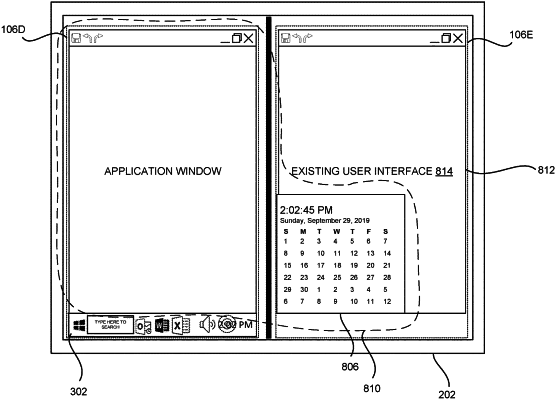| CPC G06F 9/451 (2018.02) [G06F 1/1616 (2013.01); G06F 11/3476 (2013.01); G09G 5/14 (2013.01)] | 15 Claims |

|
1. A computing device for selecting one of a first display region or a second display region in which to display a first application window, comprising:
one or more processors; and
at least one computer-readable storage medium having computer-executable instructions stored thereupon which, when executed by the one or more processors, cause the computing device to:
receive an indication that a user interface element in the first display region has been activated, wherein the user interface element is associated with displaying the first application window;
determine that a default location for displaying the first application window is in the first display region;
determine that a second application window is already displayed in the first display region;
determine that the first application window and the second application window are associated with a same user workflow based on an association made by a user via an operating system; and
in response to determining that the first application window and the second application are associated with the same user workflow based on the association made by the user via the operating system, and in response to determining that the second application window is already displayed in the first display region, display the first application window in the second display region.
|